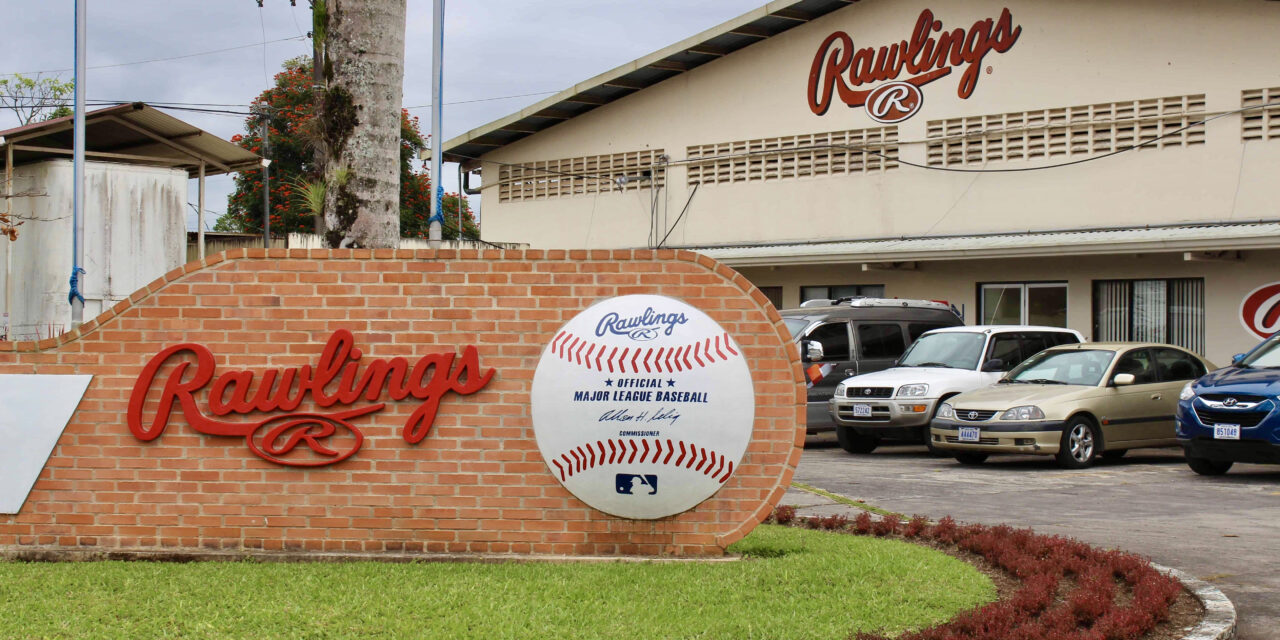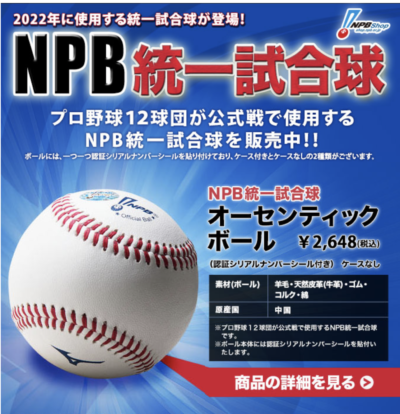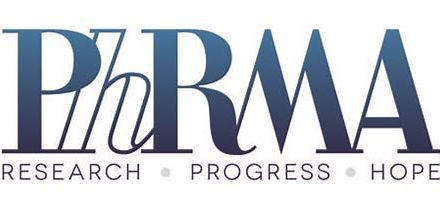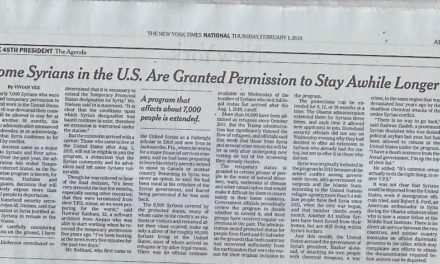For years the marketing experts of Major League Baseball (MLB, the owners’ consortium) have been tinkering with the manufacturing specifications. For a while they assumed that fans wanted above all to see home runs. So the ball was “juiced” to fly off the bat and carry further. Then the process was reversed and the current complaint is that the ball has been deadened.
“Inconsistent baseballs plague MLB. Does Japan have the solution?” was the headline on Scott Ostler’s May 6 Chronicle column. He quotes three complainants: “The Mets’ Chris Bassitt says the balls are terrible. The Braves’ Collin McHugh says some are ‘dusty slick.’ Giants manager Gabe Kapler says some balls are smooth and hard ‘like a cue ball.'”
Scott Ostler identifies as a humorist, so after citing a serious problem (if you’re still serious about the former national pastime), he made light of it, reeling off four joke-attempts on the order of “The balls are slick, sticky, soggy and silly, which are also the four Dwarfs who didn’t make Snow White’s traveling squad.”
The item ended with Ostler praising the unwavering quality of “balls used in Japan.” But the official ball of Nippon Professional Baseball (NPB) is made in China by Mizuno, according to our man in Tokyo, as are 80% of the baseballs used worldwide. The balls used in the Tokyo Olympics last year were manufactured in Sri Lanka by the SSK Corporation. Outsourcing is the name of their game, too.
As purveyed by the US media, the important aspect of the baseball-manufacture story is not the outsourcing of the work but the mysterious juicing of the ball and the pitchers’ response-tactics. The outsourcing happened long, long ago, and it was hardly news at the time.
“I know how it happened. I saw it begin.” —Bob Dylan
In the mid-1950s my father was working for the Spalding sporting goods company, which was then the sole supplier of baseballs for both the American and National Leagues. One night he came home from a trip to company headquarters in Chicopee, Mass. and said, “You’re not going to believe this. The women aren’t sewing the baseballs in Chicopee anymore. They built a plant in Haiti. They’re paying the women there a nickel an hour!” (Sewing through leather is hard work that deforms the hands.)
About a year later he came home and said, “You’re not going to believe this. They’re not making the tennis racquets in Chicopee anymore. They’re making them in Pakistan.”
The writing was already on the wall by 1957 and it spelled “The companies will operate where labor is cheapest.” It was obvious that the only way for working people in the US to protect our longterm interests was to support workers organizing for higher pay and better working conditions overseas. The AFL-CIO made no effort to support foreign workers. Its leaders, George Meany and Walter Reuther, got Medals of Freedom for fighting “Communist influence in the labor movement” while US corporations relentlessly escalated the outsourcing of their members’ children’s jobs.
Throughout the ’60s, ’70s and ’80s the most significant economic trend of our time went unnamed. It wasn’t until the ’90s that the corporate media began using the term “outsourcing” to describe the transfer of production from the US to foreign countries. Because God loves irony and is capable of micromanagement, the Spalding baseball was among the first to go.
Some of the relevant history can be retrieved online. Spalding supplied every baseball used in the majors for a century. “It all began in 1876, the year the National League was officially organized,” wrote Steve Cady in the New York Times. “A young pitcher for the Chicago franchise named A. G. Spalding opened a baseball manufacturing concern. Until then, pitchers had made their own baseballs. When the American League was formed in 1901, Spalding maintained its role as exclusive supplier.”
In 1975 the leagues turned down Spalding’s request for a small price increase. AL president Lee MacPhail said, “We’re sorry to be ending such a long and proud relationship. But we’ve been able to work something out with another manufacturer.” That other company was Rawlings, which Spalding had owned and was spinning off.
Cady wrote, “At Spalding’s headquarters in Chicopee, Mass., a spokesman said that the company’s action represented a ‘mature decision’ to strengthen profit positions. The company’s 10‐year contract with the majors ends in 1976, and requests reportedly had been made for a 5 per cent price increase this year and 5 per cent next year. Last year, most of the industry substituted cowhide for horsehide as the ball’s cover. Other than that, the only major change in baseballs for at least 35 years was a move from the United States to Haiti for the handstitching.”
Today baseballs used in the majors are manufactured by Rawlings in Costa Rica. A site called ThinkBlue (insanely Pro-Dodger) informs us that “until 1987, all Rawlings baseballs were manufactured in Haiti, but sensing political instability in the small island country, Rawlings opened a second factory in the friendly Central America country of Costa Rica. This move proved to be a wise one for Rawlings, as increasing political tension forced Rawlings to shut down their Haiti factory in 1990 and allowed the Costa Rica factory to continue manufacturing baseballs without interruption.”
“For 10 hours a day, workers at the world’s only factory authorized to supply Major League Baseball, in the town of Turrialba in central Costa Rica, sit at desks yanking strands of waxy red fiber to form each baseball’s 108 stitches.
“In professional games the balls quickly become too dirty and scuffed by bats to use, or get lost in the crowd on a foul ball or home run. To feed the demand, the factory turns out as many as 2.4 million baseballs a year, all assembled by hand.
“The cork and rubber cores, Tennessee Holstein cowhide and gray New Zealand sheep’s wool yarn are shipped tax-free to the plant where more than 300 workers sit in neat rows to sew, their arms rhythmically rising and falling like a rowing team. The finished balls are boxed up and shipped to Miami…
“The work is tough and some employees have shoulder injuries from trying to churn out too many balls to win bonuses. They earn a base salary of $1.60 an hour, slightly above Costa Rica’s minimum wage…
“‘It’s pretty hard to find work,’ said Rocio Gamboa, 33, who has been stitching baseballs at the factory for 11 years. She produces 200 balls a week, and receives a 52 cent bonus for each ball she completes above the 156-ball minimum. The major league balls are sold at retail for $14.99.”
In 2020 the start of the baseball season was delayed by the advent of Covid-19. By then Rawlings had 500 employees at the Torrialba plant —190 of whom got laid off. A little piece by Sarah Blaskey in The Tico Times noted that, “During normal operations, about 300 of the factory’s employees are sewers, while many others are assemblers or winders responsible for constructing a ball’s core.”






